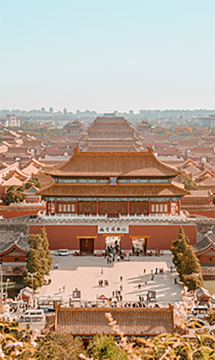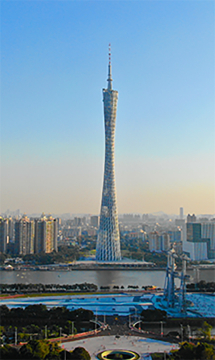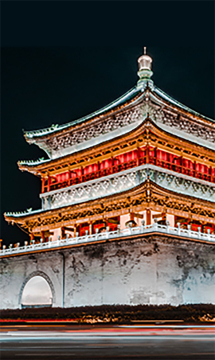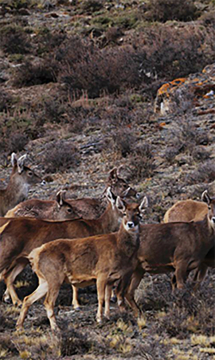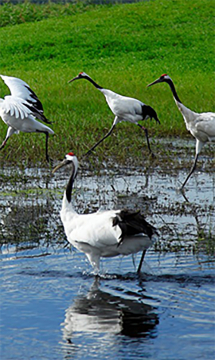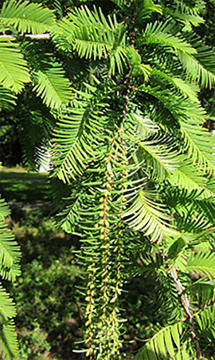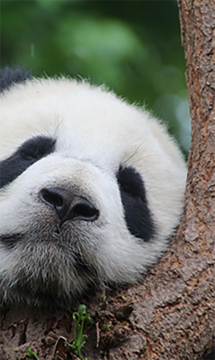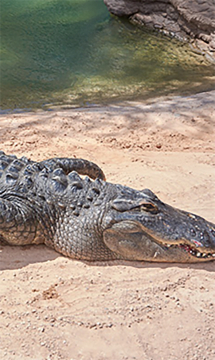China, one of the most ancient civilizations that still exist, has a written history of more than 5000 years and boasts a large number of wonderful attractions including antique sites and relics, imposing imperial palaces, delicate water towns, amazing natural wonders, splendid cultural heritage, and diversified folk customs. Now, thanks to a stable society and robust economic increase in the past several decades, it is the second largest economy in the world.
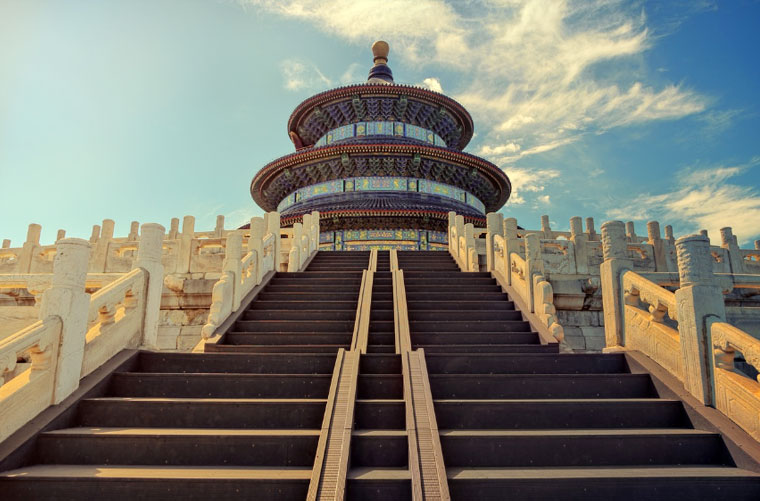
China has a population of 1.41 billion people and a land territory of over 9.6 million km2. Abundant soil types are developed under different bio-climatic conditions and derived from various parent materials in such diversified topographical zones including tropical zone, subtropical zone, warm temperate zone, middle temperate zone, cold temperate zone and plateau zone. Such sophistication is of great importance in soil formation. And, maintaining good soils as the most important resource becomes a critical issue to sustain China's economic and social development.
-

Changbai Mountain-Cold zone
-

Dali-Subtropica zone
-
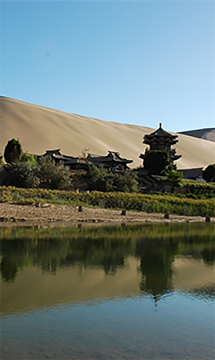
Dunhuang-Warm temperate zone
-

Mountain Hua-Temperate zone
-

Qinghai-Tibet Plateau-Plateau zone
-

Sanya-Tropical zone
Chinese Opera is represented by Beijing Opera, Henan Opera, Sichuan Opera, Huangmei Opera, Kunqu Opera, and some other folk operas.
Traditional Chinese medicine culture includes specialty Chinese traditional therapies, Chinese herbal medicine, and medicinal techniques that have been passed down long enough to become classics.
Chinese martial arts or Chinese Kungfu enjoys great popularity all over the world, including different styles of Shaolin Boxing, Wudang, Tai Chi, and Wing Chun.
A great deal of Chinese music is played with traditional musical instruments, such as the Erhu, Guzheng, Guqin, Pipa, Matouqin, Xun, etc.
Calligraphy culture is special due to the characters themselves being an art form. It is represented in a wide array of crafts such as calligraphy, the Four Treasures of the Study, and seal carving.
Chinese ink painting, silk painting, and cliff painting are remarkable examples of Chinese painting culture.
Chinese people have as well made great achievements in traditional literature including ancient myths, the Book of Songs, poetry from the Pre-Qin Dynasty, Yuefu folk songs (songs of the Music Bureau from the Han Dynasty), Southern and Northern Dynasty folk songs, Chu Ci (Songs of the South from the Han Dynasty), poetry of the Tang Dynasty, lyric poetry from the Song Dynasty, poetic dramas of the Yuan Dynasty, and four large full-length novels created during the Qing Dynasty.
As a multi-ethnic nation, there are many celebrations and festivals celebrated by people of different ethnicities. Some of the most popular ones are the Spring Festival, Lantern Festival, Tomb Weeping Festival, Dragon Boat Festival, Mid-Autumn Festival, Water Splashing Festival for the Dai Minority, March Third Festival for the Dai Minority, Naadam Festival for Mongolians, Shoton Festival for Xizang people, etc.
The diverse culinary culture of China can be represented by various regional cuisines: Shandong cuisine, Sichuan cuisine, Guangdong cuisine, Fujian cuisine, Jiangsu cuisine, Zhejiang cuisine, Hunan cuisine, and Hui cuisine, etc.
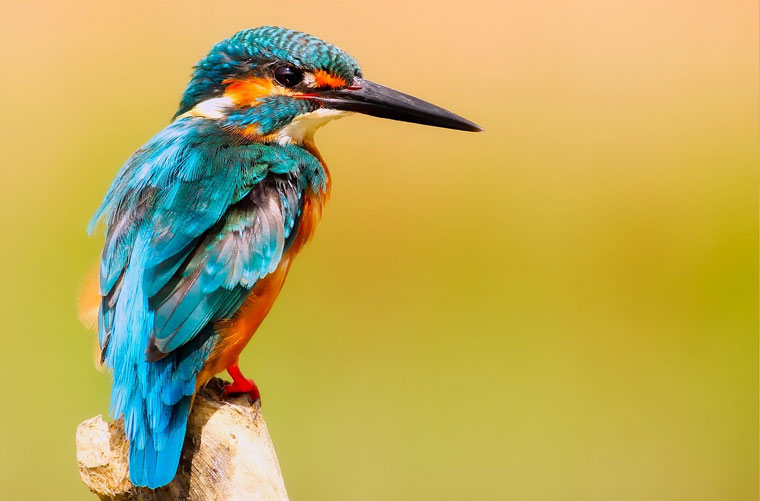
China's land and sea territories are both vast; its complex terrain and diverse climate gave birth to unique ecosystems, abundant species, and rich genetic variety. China harbors nearly 10 percent of all plant species and 14 percent of animals on earth, according to the United Nations (UN) Development Program.
As one of the most biodiverse countries in the world, China has a profound understanding of biodiversity, as manifest in traditional Chinese culture and these aphorisms: "Man is an integral part of nature"; "Dao follows the laws of nature"; and "All beings are equal". China, as one of the first countries to sign and approve the Convention on Biological Diversity, has always attached great importance to biodiversity conservation and preserves biodiversity with creative and up-to-date measures, achieving substantial progress on a distinctively Chinese path of conservation.
